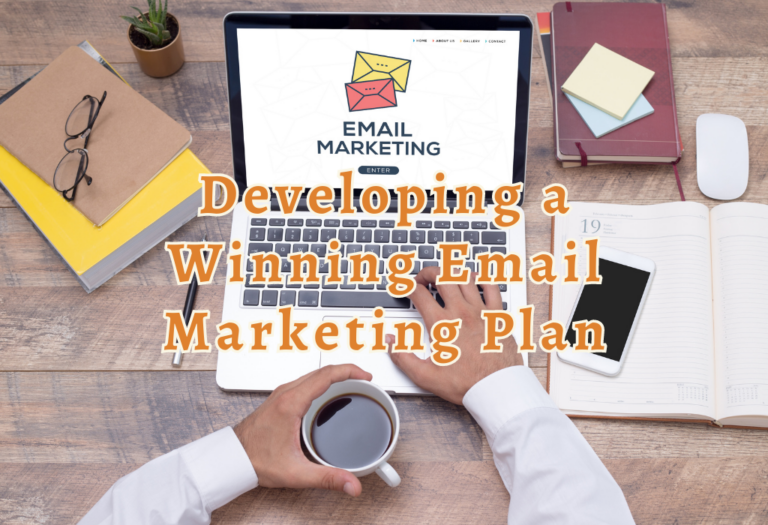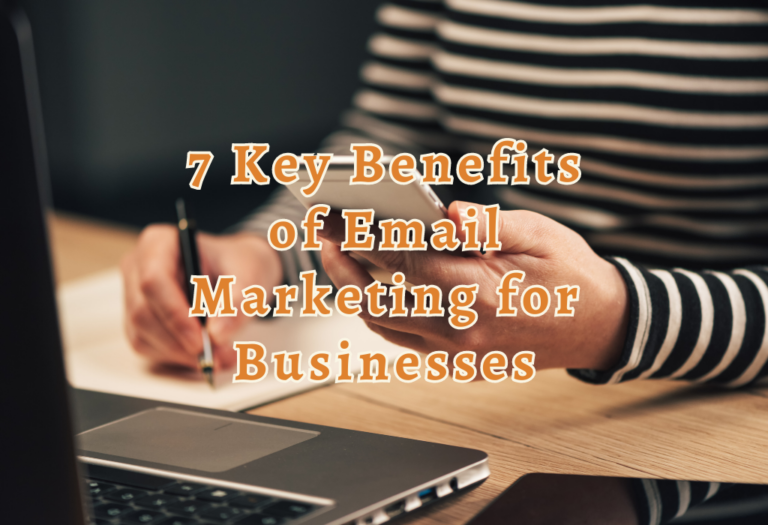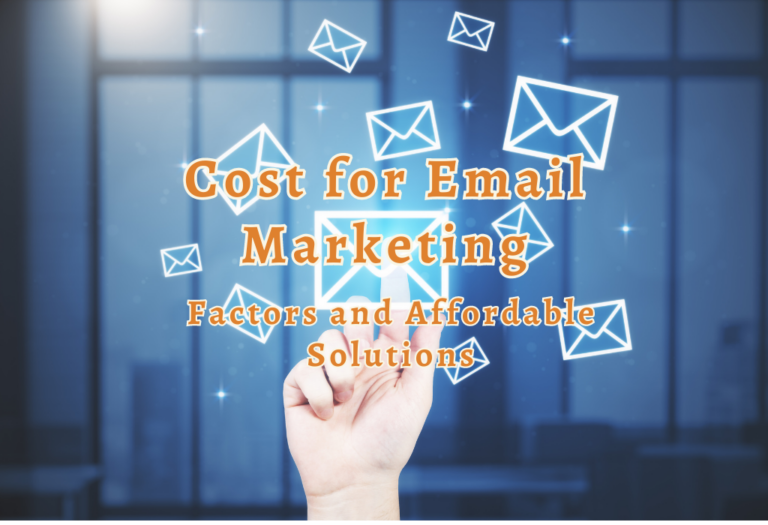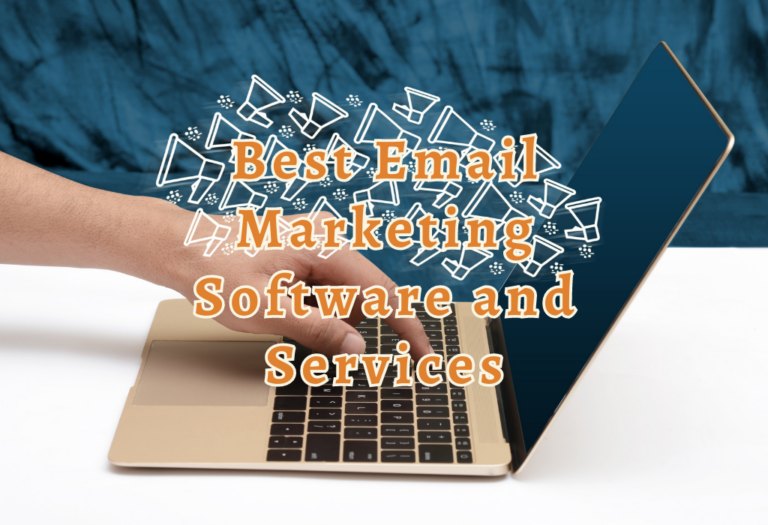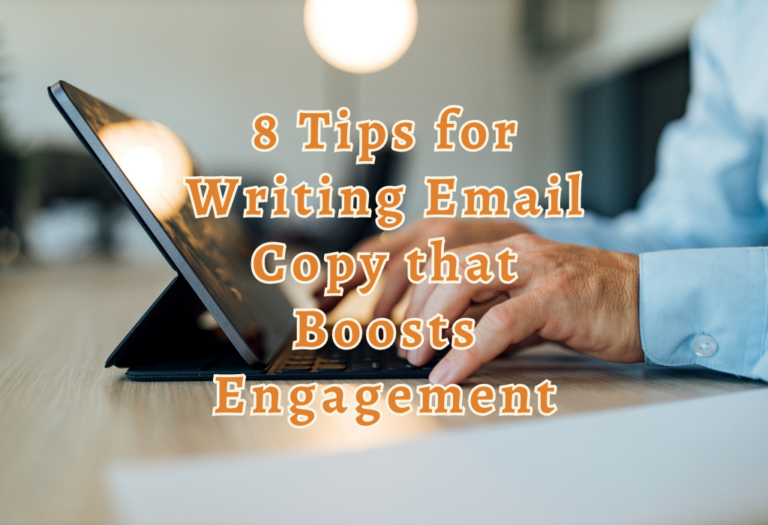Cold emails can be a highly cost-effective means for businesses to discover new leads and prospects. If you’re not utilizing cold email tactics as part of your marketing strategy, you could be missing out on significant opportunities.
In fact, cold emailing is 40 times more effective than acquiring customers through Facebook and Twitter combined. Cold emailing is critical for contacting prospective customers and broadening your circle.
However, with billions of emails sent daily, it’s essential to master the art of crafting engaging cold emails that capture your recipient’s attention.
This blog post will delve into various strategies and techniques designed to improve your cold email game. Let’s start.
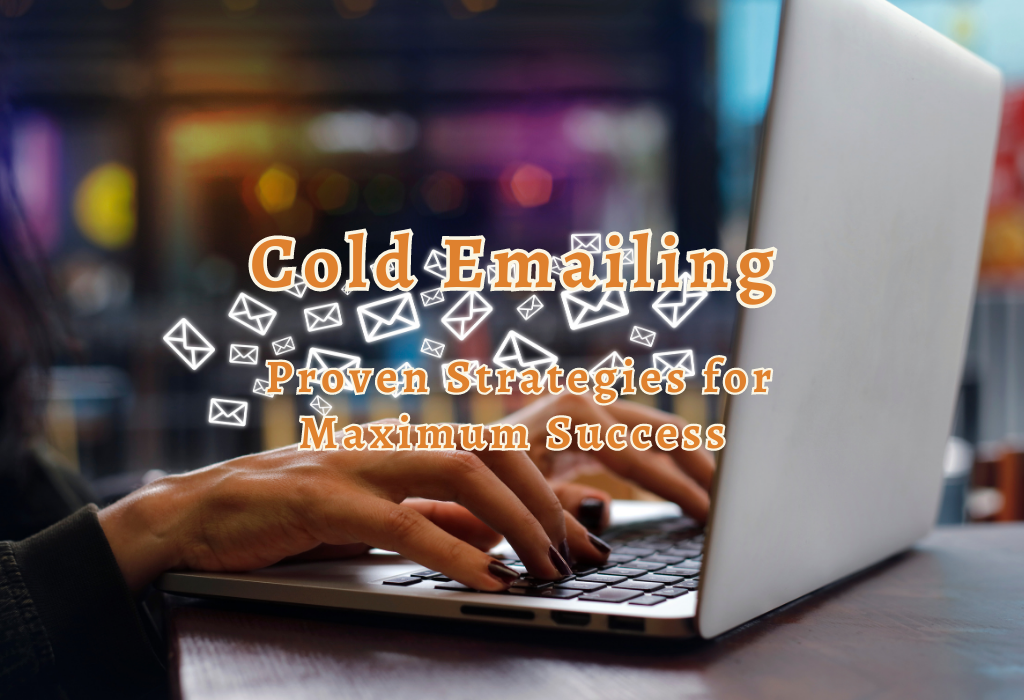
More Resources :
What is a Cold Email?
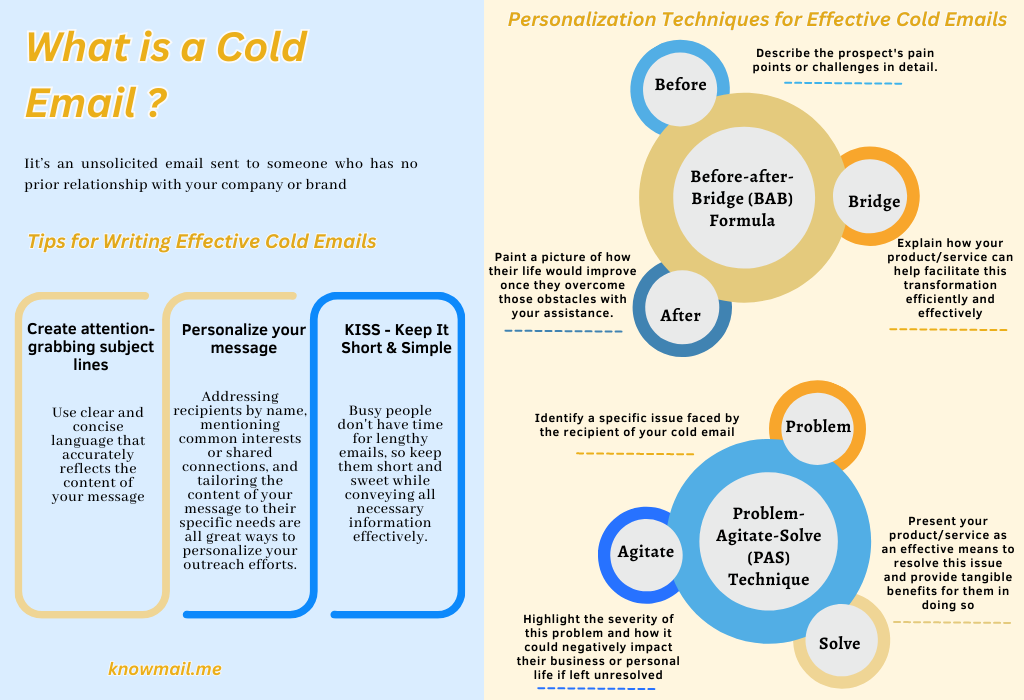
In the world of digital marketing, cold emailing has become an essential tool for businesses to reach out to potential customers. But what exactly is a cold email? Simply put, it’s an unsolicited email sent to someone who has no prior relationship with your company or brand.
The Purpose of Cold Emails
The main purpose of sending a cold email is not necessarily to make an immediate sale or conversion. Rather, it’s about initiating contact and building relationships with potential customers that may eventually lead to sales down the line.
Cold emails are often used by startups and small businesses looking to grow their customer base quickly and cost-effectively. They can also be effective for larger companies looking to expand into new markets or industries.
How Effective Are Cold Emails?
While some people might view cold emails as spammy or intrusive, they can actually be quite effective when done correctly. In fact, according to HubSpot research in 2021, personalized subject lines had a higher open rate than generic ones – indicating that personalization plays an important role in making your message stand out from others in a crowded inbox. To ensure success with your cold email campaign, you need to first develop strategies like identifying ideal prospects through social media platforms such as LinkedIn before crafting tailored messages targeted at specific individuals, which would help increase response rates.
Tips for Writing Effective Cold Emails
If you want your cold email campaigns to be successful, here are some tips:
The Importance of Cold Emailing
Cold emailing is a challenging yet essential lead generation strategy that involves sending unsolicited emails to potential customers or business partners without prior contact. Despite its reputation for low response rates, cold emailing can be an effective outreach method if done correctly and tailored to the recipient’s interests and needs. With worldwide business-related emails forecasted to exceed 347 billion per day by 2023, marketers and sales reps must stand out from competitors’ messages in recipients’ inboxes.
Proven Strategies for Maximum Success
Overcoming the Challenges of Cold Emailing
To ensure your cold email campaign succeeds, you must overcome common obstacles such as finding accurate email addresses, crafting engaging content, avoiding spam filters, and eliciting responses from busy recipients. You’ll increase your chances of making meaningful connections through cold emails by using emailing tools like Knowmail’s email client and spam filter, design analysis, and deliverability testing services alongside best practices for writing personalized messages with compelling subject lines.
Standing Out Among Billions of Daily Business Emails
Researching Your Prospects Thoroughly
Conducting thorough research on prospects before sending any cold email is crucial. Providing relevant and engaging information about how you can benefit them increases the chances of success. Understanding your audience’s pain points, preferences, and goals will help you craft more personalized content that resonates with their specific needs.
Identifying Target Audiences
To ensure your cold emailing efforts are effective, it’s essential to identify your target audience first. This involves segmenting potential customers based on factors such as industry, company size, job title or role, geographic location, and other demographics. By honing in on a certain segment of individuals who could be interested in your product or service, you can boost the probability of obtaining positive reactions from those receiving it.
Analyzing Prospect Demographics
Digging deeper into prospect demographics helps create tailored messages that address their unique challenges and desires. Some valuable sources for researching this information include:
By leveraging these resources, you can craft engaging cold emails that demonstrate genuine interest in the recipient’s needs and challenges. For example, if a prospect has recently published a blog post about their struggles with increasing website traffic, you could mention this article and explain how your services or products might help address this issue.
Crafting Intriguing Subject Lines
An attention-grabbing subject line is essential since most people receive too many emails daily to read them all. A captivating subject line should pique curiosity while remaining concise so recipients are enticed enough to open your message rather than dismissing it as spam or irrelevant content.
Tips for creating compelling subject lines
Avoiding common mistakes when writing subject lines
To maximize the effectiveness of your cold emails’ subject lines, steer clear of these pitfalls:
Personalization Techniques for Effective Cold Emails
Personalization plays a vital role in writing effective cold emails that build relationships instead of just pitching offers. By finding common ground with prospects through shared experiences or values, marketers can initiate sustainable connections leading further along the funnel later on.
Before-after-Bridge (BAB) Formula
The Before-after-Bridge (BAB) formula is excellent for crafting personalized cold email content. This approach focuses on presenting a prospect’s current situation (‘before’), showing them what their life could be like after using your product or service (‘after’), and then providing a ‘bridge’ that connects these two scenarios – usually by explaining how your solution can help them achieve desired results.
Problem-Agitate-Solve (PAS) Technique
The Problem-Agitate-Solve (PAS) technique is another powerful strategy for creating engaging cold email content. With PAS, you first identify a specific problem faced by your prospect, then agitate that problem by emphasizing its negative consequences or potential risks. Finally, you present your solution as the best way to address and alleviate their concerns.
Structuring Your Cold Email for Maximum Engagement
The main elements of an engaging cold email include the subject line, opening line, body text, call-to-action (CTA), and a thank you note. Ensuring every part of the email delivers value while playing a crucial communicative role is essential to create compelling content that resonates with recipients.
Crafting Personalized Greetings
Addressing your recipient by their first name or using other personal information gathered during research helps establish rapport from the outset. Avoid generic greetings like “Dear Sir/Madam” as they can make your sales emails appear impersonal and spammy. Instead, use a friendly tone demonstrating genuine interest in connecting with them.
Leading with Relatable Insights or Value Propositions
Your opening line should immediately capture attention by highlighting relevant insights about their industry or presenting a unique value proposition tailored to their needs. This approach showcases how well you understand their pain points and positions you as someone who can offer valuable solutions. For example:
Creating Clear and Simple CTAs
An effective CTA guides prospects towards taking action without overwhelming them with too many options. Focus on one target action, such as booking a meeting or downloading an e-book; this makes it easier for those who are busy to quickly act if they’re interested in what you have to offer.
In addition to these key components, consider the following best practices when writing cold emails:
Advantages of Cold Emailing Over Cold Calling
Cold emailing offers several advantages over cold calling, making it a preferred method for many businesses to reach out to potential customers and partners.
Scalability Benefits for Small Businesses
Cold emailing is highly scalable, allowing marketers to send messages en masse while maintaining personalization. This makes it an ideal strategy for small businesses with limited resources dedicated to outbound marketing efforts. Unlike cold calling, which requires significant time investment per call, cold emails can be prepared in advance using cold email templates that are easily customized based on prospect demographics or pain points identified during research.
Comparing Response Rates Between Cold Emails and Calls
The average response rate of a well-executed cold email campaign is around 6%, whereas the typical success rate of a traditional sales call hovers at just about 1%. These numbers emphasize the importance of crafting personalized, value-driven approaches when reaching out via email as opposed to relying solely on phone conversations (source). Some factors contributing to higher response rates for cold emails include:
Persistent but Polite Follow-ups
Following up with interested leads after sending initial cold emails demonstrates seriousness about working together. It potentially puts pressure on prospects who haven’t already responded without appearing overly aggressive or desperate. A timely follow-up could make or break a deal.
Timing your follow-up messages effectively
The key to successful follow-up email campaigns is balancing persistence and respect for the recipient’s time. As a general rule, wait at least 48 hours before sending your first follow-up message, as this gives recipients enough time to process their inbox and respond if they’re interested in your offer. After that, you may send additional follow-ups every few days or once per week until you receive a response.
Balancing persistence with Professionalism
To maintain a professional tone while following up persistently, consider these tips when crafting your messages:
FAQs about Cold Emailing
Conclusion
Cold emailing can be a great way to contact potential customers and foster connections. You can increase the chances of getting a response by conducting thorough research on prospects, personalizing each message, and crafting intriguing subject lines. Remember that engaging with your audience through B2B marketing tactics is essential for success. If you’re looking for a tool to help streamline your email communication process even further, check out Knowmail’s AI-powered inbox assistant today! Sign up now for more efficient and productive cold emailing campaigns!

